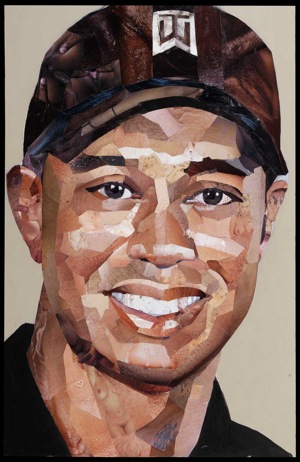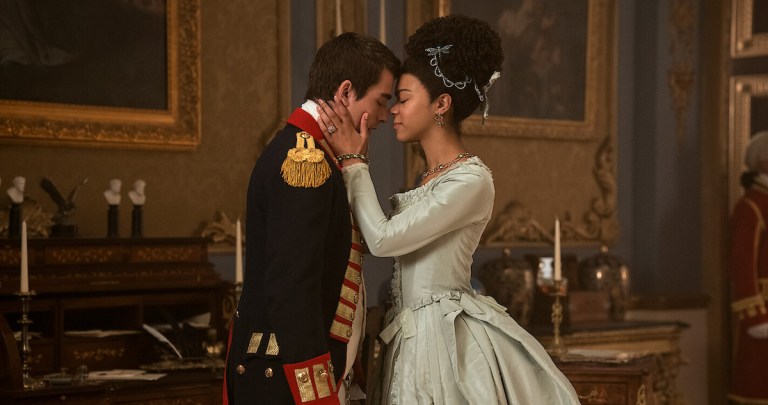“Porn in the U.S.A.”: Turning Sarah Palin, Tiger Woods Into Cold Hard Cash
For the better part of the last year, bloggers have frantically attempted to wring every possible cent from keyword-rich stories covering Sarah Palin, Tiger woods (see above headline for proof), and a dozen other celebrity names coveted like gold in The Often Trifling Age of Pageview Journalism. It’s become a weekly, if not daily, ritual.

For the better part of the last year, bloggers have frantically attempted to wring every possible cent from keyword-rich stories covering Sarah Palin, Tiger woods (see above headline for proof), and a dozen other celebrity names coveted like gold in The Often Trifling Age of Pageview Journalism. It’s become a weekly, if not daily, ritual. It’s shameless, like so much of the Internet these days. But what really makes it so heartbreaking, or perhaps just downright sad, is that it means writers have essentially become the ditch diggers of the Internet, eternally filling bottomless content holes with disposable stories that nobody will remember in two days, or more realistically, two minutes.
It turns out though that writers are not alone in this scheme. Artists are complicit too.
This notion — the delicate relationship between art and commerce — struck me while reading a brief about artist Jonathan Yeo’s latest exhibition, “Porn in the U.S.A,” which opened at Lazarides Gallery in Los Angeles last month. While the title is suggestive, and a semi-clever pun (two things that definitely don’t fly for journalism in the days of search engine optimization), it’s also intended to stoke controversy — like all of his work.
Yeo, as some may know, is known for creating collage-like portraits assembled using clippings from glossy porno magazines. “I try to make collages that don’t look like collages, and I think I’m really kind of painting with the porn,” Yeo has said of his work. “I don’t want to sound pretentious about it, but the process is more like painting in terms of the compositional decisions you make.”
He’s probably best known for his porntrait portrait of Paris Hilton (complete with penis thumb… NSFW) from his debut show at Lazarides in 2008, a piece that was famously purchased by Damien Hirst. The name recognition of Yeo’s subjects, and the attention he draws by using porn as his medium, feels a bit like artworld hucksterism.
“It was important to do a couple of eye-catching ones where people would get the joke as a way of leading people into it,” Yeo told Artinfo.com about his latest show. “But hopefully they’ll come in and find there’s all sorts of things they weren’t expecting. There are two potential audiences: the knowing art world people — people who will come down because they have an idea of what’s going on — and the people who come by because of the massive walk-by pedestrian traffic.”
That last thing that Yeo says, the notion that a percentage of those who view his work will be uninformed gawkers attracted by the mere sight of a large crowd, is telling. His porn and celebrity sales pitch are far from unheard of. In fact, the two topics are tried and true public attention grabbers. Yeo’s particular choice to cast Palin in porn is a not-so-subtle exploitation of her often sexually-charged image. Just as his decision is to give Tiger Woods the same treatment (NSFW: View here). When Yeo’s portrait of Palin makes its round on the Internet — ‘painted’ in pubic hair and clean-shaven vaginas, erect penises and glistening seamen-drenched skin — conservatives will be outraged and progressives will feign disgust. And Yeo will walk away with fistfuls of cash.
It begs the question, how much interest in art these days — whether visual art, music, writing, etc. — is driven by hype? And how often does the art itself live up to the expectation of how it was marketed or sold? Back in the pre-Internet world, consumers would cry fowl of such disregard for quality control, claiming bait-and-switch tactics when disappointed by the end product. But today things are different for some reason. Perhaps expectations are at an all-time low, or maybe most of us have just stopped caring. ![]()






